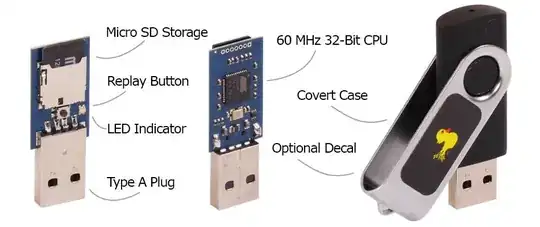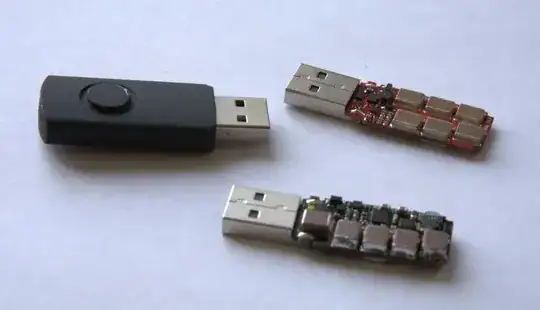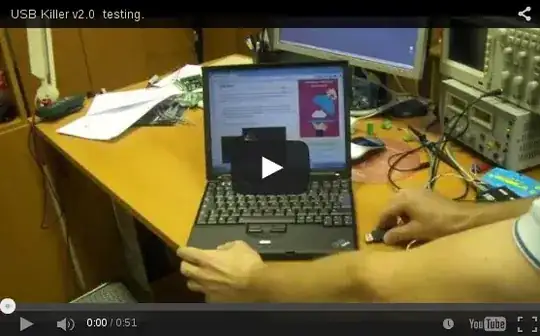We all know the story of the USB drive left outside a power plant which was found by a worker and inserted into a computer to see the contents which then allowed a hack to ensue.
Here is my question, how? I get that code is executed but how? I would really like to be able to do this (for my own curiosity of course). I have always had a good grasp on security how to make things secure etc etc but things like viruses, trojans, USB drivers... how are they activated with little human interaction?
I would really like to learn about these things, I am a programmer/sys admin so would like to knock up a script but having never been taught or never have done it I don't know how or where to begin. I would really like a big discussion on this with as much information as possible.


